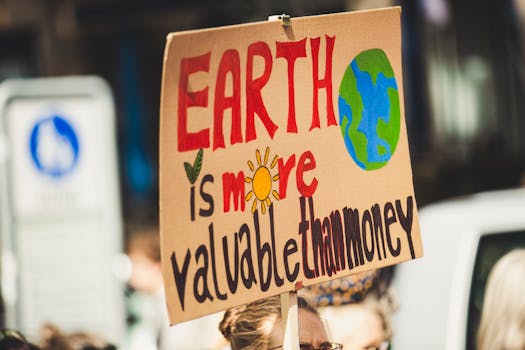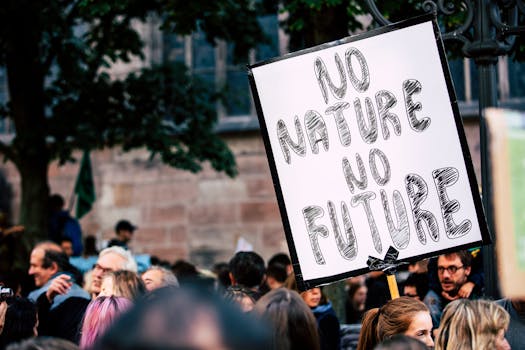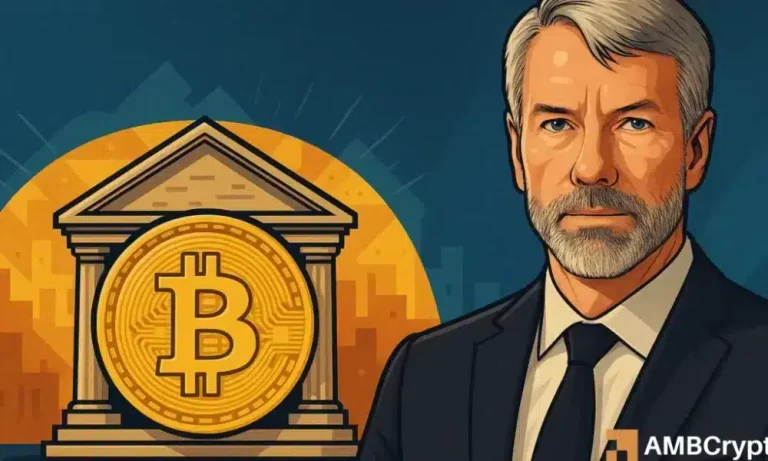
The Reality of Climate Change Impacts

Climate change is no longer a distant threat; its effects are already palpable across the globe. From extreme weather events to rising sea levels, every region is experiencing the aftermath of a warming planet. Reports from around the globe indicate that we are facing severe weather, disrupted ecosystems, and changing agricultural patterns, making it critical for citizens and policymakers alike to pay attention.
A prime example of this can be found in increasingly frequent floods and droughts, disadvantaging many communities that often bear the brunt of natural calamities. Vulnerable populations are affecting deeper poverty levels due to messed-up harvests and instability. Moreover, scientists warn of the irreversible impacts on biodiversity, with species at risk of extinction at unprecedented rates.
The Impact of Environmental News Coverage

In the age of information, media plays an essential role in shaping public perception on climate change. However, the question arises: Is current environmental news coverage sufficient? Despite improved awareness of climate-related issues, studies show that in-depth coverage still lags. News cycles often prioritize sensational events, which can lead to a lack of clarity regarding the slow-burning crisis of climate change.
Moreover, many journalists face significant challenges in portraying the extremity of climate crises amid competing narratives like health crises or political dilemmas. When ethical journalism frames impacts as urgent and informative, it prompts audiences to engage more actively with climate issues. Strong, fact-rich coverage can mobilize communities towards actionable measures.
The Rise of Misinformation and its Effects

The rampant spread of misinformation can also be detrimental. Climate change denial is not merely an opinion; it dangerously impedes constructive dialogue on the topic. With social technology making information promotion easily available, battles against entrenched skepticism occur daily. A failure to rely on credible sources only complicates efforts to secure funding and political action towards resolving environmental failures.
Particularly concerning is how misinformation adversely influences public opinion. When factual perspectives get overshadowed, global commitments to curbing emissions and supporting clean energy innovations risk stagnating. Grassroots initiatives become less potent when the foundational facts remain clouded in myth.
The Role of Social Media in Activism

On a more optimistic note, social media platforms have become essential tools in the climate activism landscape as various youths spark global movements. World-renowned campaigns like Fridays for Future have leveraged the power of digital networking and worldwide public engagement.
Through concise and appealing content, activism persists with a sustainable rhythm, urging audience participation and their awareness of climate impacts. The mobilization of climate-centered discussions utilizing hashtags can democratize environmental discourse, amplify inclusion in narratives, and inform broader audiences about routine sustainable practices—signaling changes positively influencing political dialogues.
The Path Forward: Need for Comprehensive Global Actions

The responsibility now lies with everyone—from individuals to corporation leaders—to galvanize proper climate-focused actions. Global partnerships seeking innovative pathways for sustainability reaffirm symbolic shifts in policies aligned with scientific insights. Despite daunting hurdles alike rising sea levels, low-carbon options demonstrate efficiency and growth opportunities on multiple vital fronts.
On local action scales, endeavors implementing small-scale renewable energies can maintain accessible frameworks for future climate settlements. Meanwhile, attuned media channels are crucial at every level: enabling diaspora of resilient adaptations prevents attenuation of insights that significantly relate to various initialized multilateral obligations from global summits.





